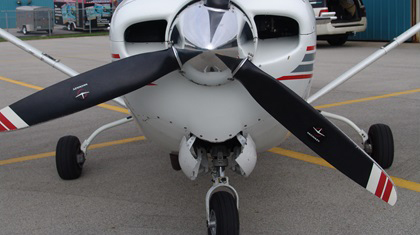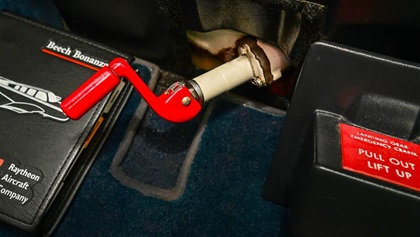Landing gear systems
Remarkably reliable

Sure, you checked for signs of cracks or other damage during preflights, but fixed gear are remarkably reliable—because they’re bolted to the airframe! As you build time, however, you may find yourself drawn to faster, complex singles with retractable landing gear systems.
Most use electrically driven hydraulic power packs to raise and lower the gear. The packs are filled with hydraulic fluid, and their sole job is to create 1,000 to 1,500 pounds per square inch worth of hydraulic pressure within them.
Move the landing gear control lever on the instrument panel to the Up or Down position, and a selector valve sends hydraulic pressure to actuators on the landing gear, moving them up or down. When the gear reaches the selected position, electrical switches complete their circuits, illuminating the green gear down indicator lights (feel free to announce “three green”). If it’s not your day and for some reason any of the landing gear do not fully extend, you’ll get a red warning light. Sometimes, this light is placarded as “gear unsafe.”
Other landing gear systems rely only on electrical power to raise or lower the landing gear. In this setup, the instrument panel’s landing gear control switch completes circuits that run an electrical motor that turns one way or the other to move the gear. Again, when sensor switches make contact, you’ll get three green—or a red warning light.
These systems do their best to prevent you from making a gear-up landing, or retracting the gear when taxiing. If the gear isn’t extended and you pull the throttle back beyond, say, 15 inches of manifold pressure, or below 1,000 rpm, a warning horn, light—or both—will sound off. The system “thinks” you’re about to land with the gear up. Some pilots who have landed gear-up have tried to blame all those warnings for distracting them from the job of flying the final approach. Once on the ground, other safety measures prevent the gear from retracting.

 Hydraulic
Hydraulic



